There are several reasons why you may need to regear your Jeep. Firstly, if you have larger tires on your Jeep than the stock size, you will likely need to change the gear ratio to maintain performance and avoid potential damage to your vehicle. This is because larger tires can cause a decrease in power and torque, making it more difficult for your jeep to accelerate and maintain speed.
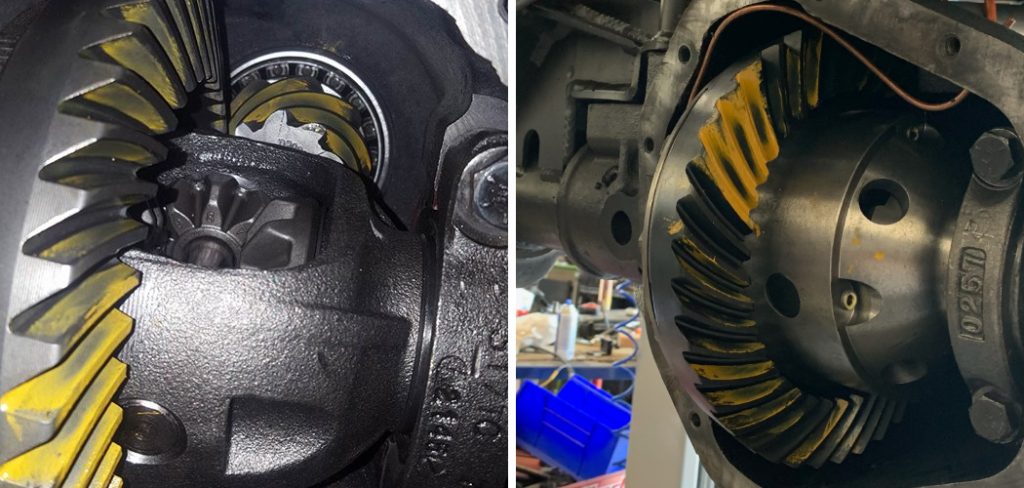
The main advantage of regearing a jeep is to achieve better performance on the road and off-road. By changing the gear ratio, you can improve the acceleration, towing capabilities, and fuel efficiency of your vehicle. In this blog post, You will learn in detail how to regear a jeep.
Step-by-step Instructions for How to Regear a Jeep
Step 1: Inspect the Vehicle
Before you begin regearing your Jeep, it is important to thoroughly inspect the vehicle. Check for any signs of damage or wear and tear on the tires, suspension, and other components. To regear a Jeep, you will need specific tools and parts such as gear sets, bearings, shims, sealant, and a gasket. Make sure you have all the necessary items before beginning the process.
Step 2: Jack Up the Vehicle
With the necessary tools and parts ready, it’s time to jack up your Jeep so that you can access the differential. Use a floor jack and jack stands for safety. Once the vehicle is lifted, remove the wheels and driveshafts to gain access to the differential.
Step 3: Drain Differential Fluid
Next, drain the fluid from the differential by removing the drain plug. This will prevent any mess or spills during the regearing process. Using a socket wrench or ratchet, remove the bolts holding the differential cover in place. Be careful not to damage the gasket.
Step 4: Remove Old Gear Sets
With the cover removed, you can now remove the old gear sets from the differential. This may require some force and the use of a gear puller. Carefully install the new gear sets, making sure they are properly aligned and secured in place. Use shims as needed to achieve the correct backlash.
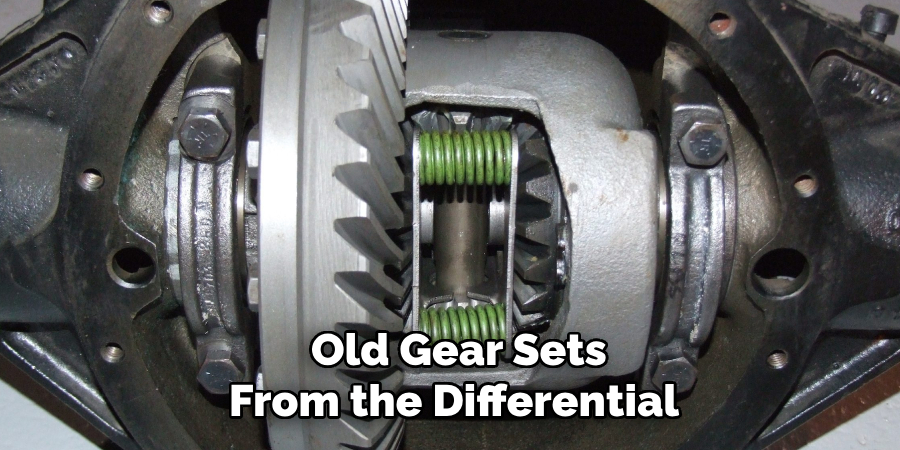
Step 5: Reassemble Differential
Once the new gear sets are in place, reattach the differential cover using a new gasket and sealant. Then, reinstall the driveshafts and wheels. Finally, refill the differential with the appropriate fluid and take your Jeep for a test drive to ensure everything is working properly. If not, make any necessary adjustments or seek professional help.
By following these simple steps, you can successfully regear your Jeep and improve its off-roading capabilities. Remember to always take the time to thoroughly inspect your vehicle before and after any maintenance or upgrades for safe and enjoyable adventures on the trails.
Safety Tips for How to Regear a Jeep
- Use a High-quality Jack to Lift the Vehicle – When regearing your Jeep, it is important to have a reliable and sturdy jack to lift the vehicle safely. Avoid using unstable or poor quality jacks as they can lead to accidents and injuries.
- Wear Appropriate Safety Gear – It is crucial to wear protective gear such as gloves, safety glasses, and closed-toe shoes when regearing a Jeep. This will protect you from any potential injuries and provide better grip while working on the vehicle.
- Disconnect the Battery – Before beginning any work on your Jeep, make sure to disconnect the battery. This will prevent any electrical accidents or damage to the vehicle’s electronic components.
- Follow Proper Lifting Techniques – When removing heavy parts such as axles or differentials, it is important to use proper lifting techniques. This will prevent strain or injury to your back and ensure the parts are handled safely.
- Use Jack Stands – Never rely solely on a jack to support the vehicle while regearing. Make sure to use jack stands to secure the vehicle in place and prevent any accidents.
- Keep a Fire Extinguisher Nearby – When working with tools and electrical components, there is always a risk of fire. Keep a fire extinguisher nearby in case of any emergencies.
- Don’t Rush – Regearing a Jeep requires patience and attention to detail. Do not rush through the process as it can lead to mistakes and potentially dangerous situations. Take your time and double-check everything before moving onto the next step.
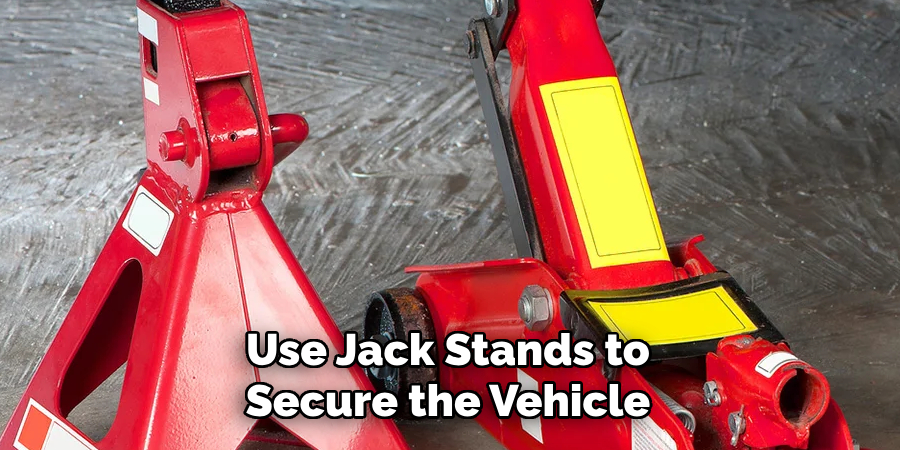
By following these safety tips, you can ensure a smooth and safe regear of your Jeep. Remember to always prioritize safety when working on any vehicle and do not hesitate to seek professional help if needed. With the right precautions in place, you can successfully regear your Jeep and enjoy a better off-roading experience.
Are There Any Potential Risks or Drawbacks to Regearing a Jeep?
There are some potential risks or drawbacks to consider before regearing a Jeep. Firstly, the cost of regearing can be quite expensive, especially if you opt for high-quality gears and have them installed by a professional mechanic. This can add up quickly, so it’s important to carefully consider your budget before deciding to regear your Jeep.
Secondly, regearing can also affect the overall performance and drivability of your Jeep. If not done correctly, it could result in decreased acceleration or top speed, as well as potential damage to other components such as the transmission or drivetrain.
Moreover, if you plan on using your Jeep for off-roading or extreme driving, regearing may put extra strain on the gears and potentially lead to premature wear and tear. It’s also important to note that changing the gear ratio can have an impact on your Jeep’s warranty.
Some manufacturers may consider regearing as a modification and void any existing warranties. It’s crucial to check with your dealership or manufacturer before making any changes. Lastly, the process of regearing can also be time-consuming and may require your Jeep to be out of commission for a few days. This can be inconvenient if you rely on your Jeep for daily transportation.
What Are the Benefits of Regearing a Jeep?
There are numerous reasons why regearing a Jeep can be beneficial. Here are some of the top benefits:
1. Improved Performance
One of the main advantages of regearing a Jeep is improved performance. By changing the gear ratio, you can enhance your vehicle’s ability to take on tough terrain and tow heavy loads.
2. Increased Torque
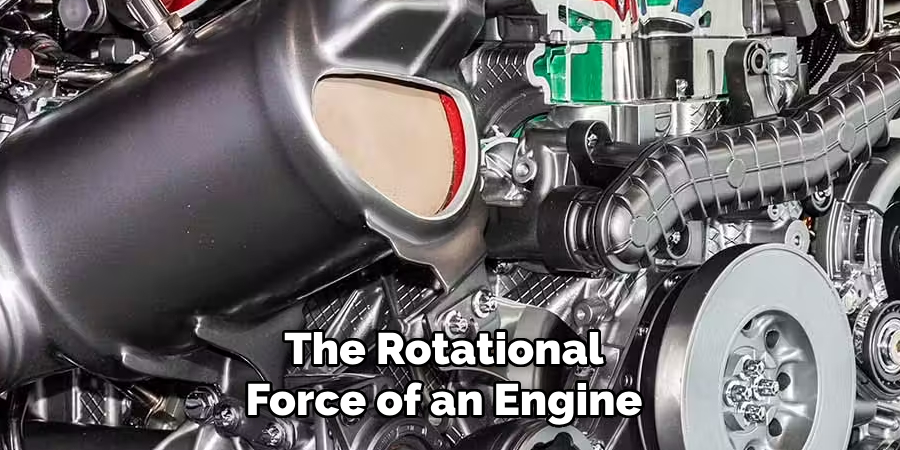
Regearing also increases torque, which is the rotational force of an engine. This means your Jeep will have more power and be able to handle steep inclines and obstacles more easily.
3. Better Fuel Efficiency
In addition to increased performance, regearing can also improve fuel efficiency. With the right gear ratio, your engine doesn’t have to work as hard to maintain speed or tackle challenging terrain, leading to better gas mileage.
4. Enhanced Towing Capability
Many Jeep owners use their vehicles for towing, whether it be a trailer or another vehicle. Regearing can significantly enhance your Jeep’s towing capability, allowing you to safely and easily transport heavy loads.
5. Customization Options
When regearing a Jeep, you have the opportunity to customize your gear ratio to fit your specific driving needs and preferences. This can be especially beneficial for off-roading enthusiasts who require different gear ratios for different types of terrain.
6. Increased Durability
By regearing, you are essentially upgrading your Jeep’s drivetrain to handle more power and torque. As a result, your vehicle will become more durable and able to withstand more demanding driving conditions.
7. Improved Overall Driving Experience
With all the above benefits combined, regearing ultimately leads to an improved overall driving experience. Your Jeep will feel more capable and powerful, making every journey more enjoyable.
In conclusion, regearing a Jeep can offer numerous advantages for both on and off-road driving. From increased performance and torque to better fuel efficiency and customization options, there are many reasons why you should consider regearing your Jeep.
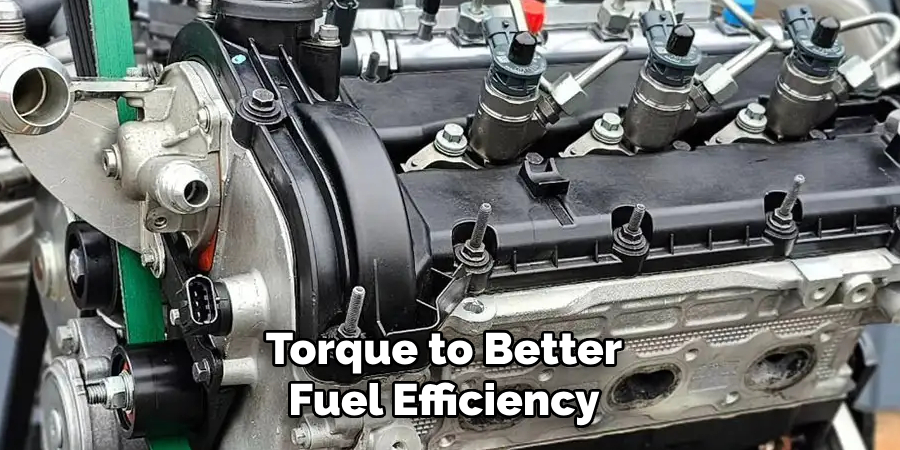
Are There Any Specific Maintenance or Care Instructions for Regeared Jeeps?
There are a few key maintenance tips and care instructions that can help ensure your regeared Jeep stays in top condition. These include:
- Regularly Check the Gear Oil Level: It’s important to monitor the gear oil level in your regeared Jeep, as it helps keep the gears lubricated and running smoothly. Check the owner’s manual for specific instructions on how often to check and change the gear oil.
- Keep an eye on the differential: The differential is a crucial component of your Jeep’s gears, as it allows the wheels to rotate at different speeds while still receiving power from the engine. Regularly inspecting and maintaining the differential can prevent major issues down the road.
- Follow Proper Break-in Procedures: After getting your Jeep regeared, it’s important to follow the break-in procedure recommended by the mechanic or manufacturer. This typically involves limiting your speed and avoiding heavy loads for the first few hundred miles to allow the gears to properly “settle in.”
- Regularly Inspect and Replace Worn Parts: Just like any other vehicle, a regeared Jeep will experience wear and tear over time. It’s important to regularly inspect and replace any worn or damaged parts, such as bearings, seals, and gaskets.
- Avoid Harsh Driving: While Jeeps are known for their off-road capabilities, it’s important to avoid harsh driving techniques that can put unnecessary strain on the gears. This includes sudden accelerations and decelerations, and aggressive off-roading.
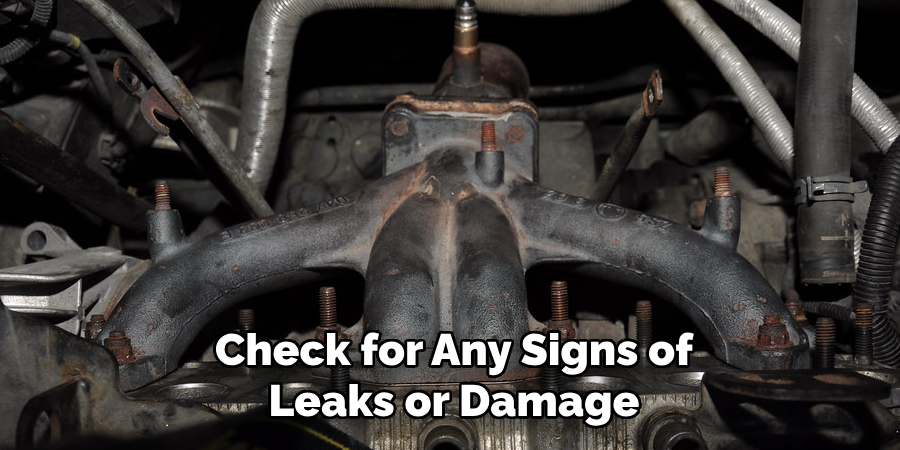
In addition to these maintenance tips, it’s also important to keep your regeared Jeep clean and free of debris. This includes regularly washing the undercarriage to remove any dirt or mud that may have accumulated during off-roading adventures. It’s also a good idea to check for any signs of leaks or damage after each off-road excursion.
Conclusion
In conclusion, regearing your Jeep can greatly improve its performance on and off the road. The process may seem daunting at first, but with the right tools and knowledge, it is a manageable task that can be completed in a day or two. Firstly, remember to carefully select the gear ratio based on your specific needs and driving habits. This will ensure that you get the most out of your regear and avoid any potential issues.
Secondly, make sure to properly torque all bolts and bearings during the installation process. This will prevent any future problems and ensure that your Jeep runs smoothly. Thirdly, take your time and be patient during the regearing process.
Rushing can lead to mistakes and potentially damage your vehicle. They have the experience and expertise to ensure a successful regear. I hope reading this post has helped you learn how to regear a jeep. Make sure the safety precautions are carried out in the order listed.

About
JeepFixes Team is a skilled author for Jeep Fixes, bringing 6 years of expertise in crafting a wide range of jeep fixes. With a strong background in jeep fixes work, JeepFixes Team’s knowledge spans various types of fixtures, from decorative pieces to functional hardware, blending precision with creativity. His passion for jeep fixes and design has made him a trusted resource in the industry.
Professional Focus:
Expert in Jeep Fixes : JeepFixes Team aesthetic specializes in creating durable and innovative jeep fixes, offering both appeal and functionality. His work reflects a deep understanding of jeep fixes techniques and materials.
Sustainability Advocate : He is dedicated to using sustainable practices, ensuring that every fixture is crafted with eco-friendly methods while maintaining high-quality standards.
In his writing for jeep fixes, JeepFixes Team provides valuable insights into the latest trends, techniques, and practical advice for those passionate about jeep fixes, whether they are professionals or DIY enthusiasts. His focus on combining artistry with engineering helps others discover the true potential of jeep in design.
